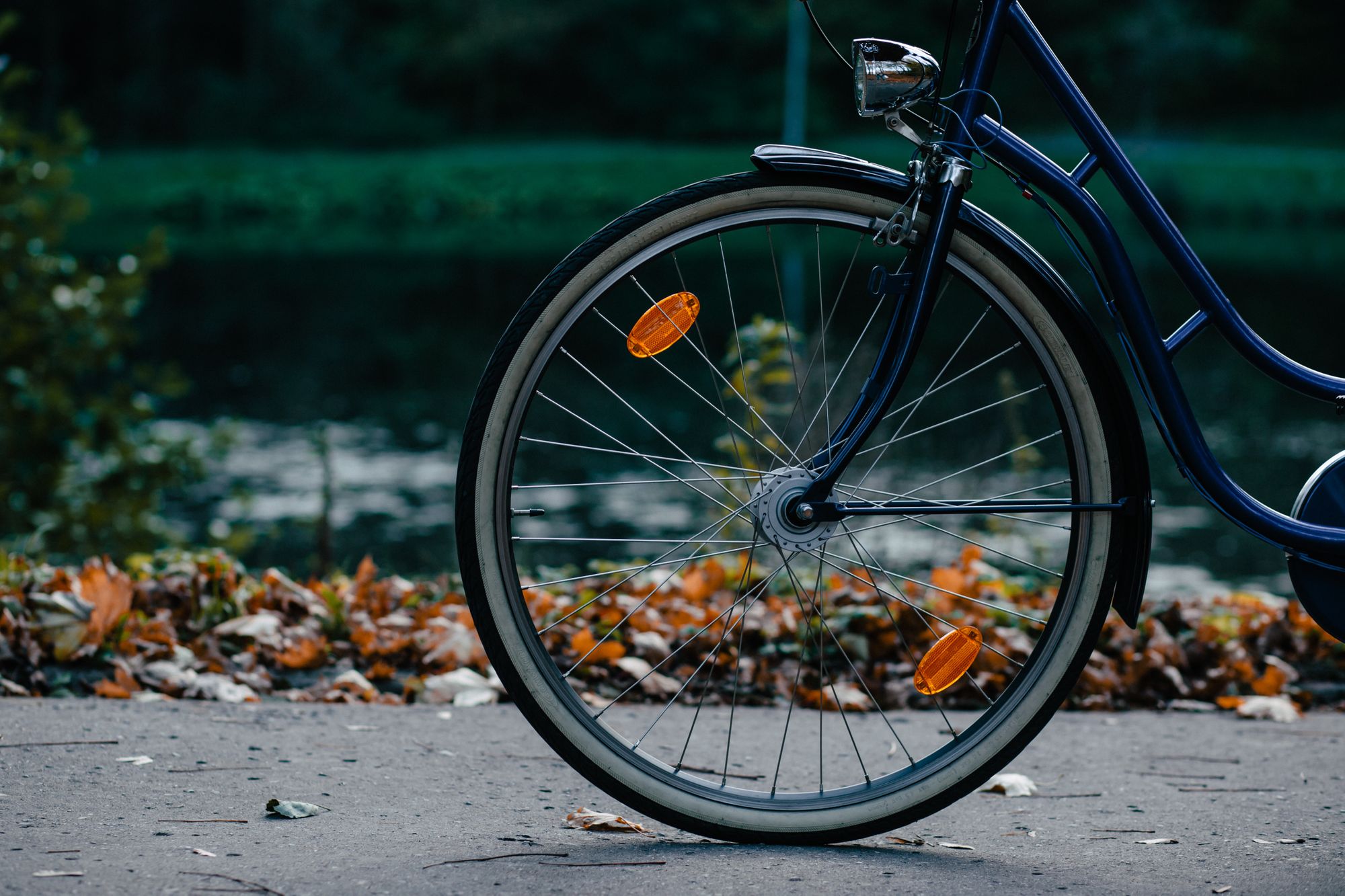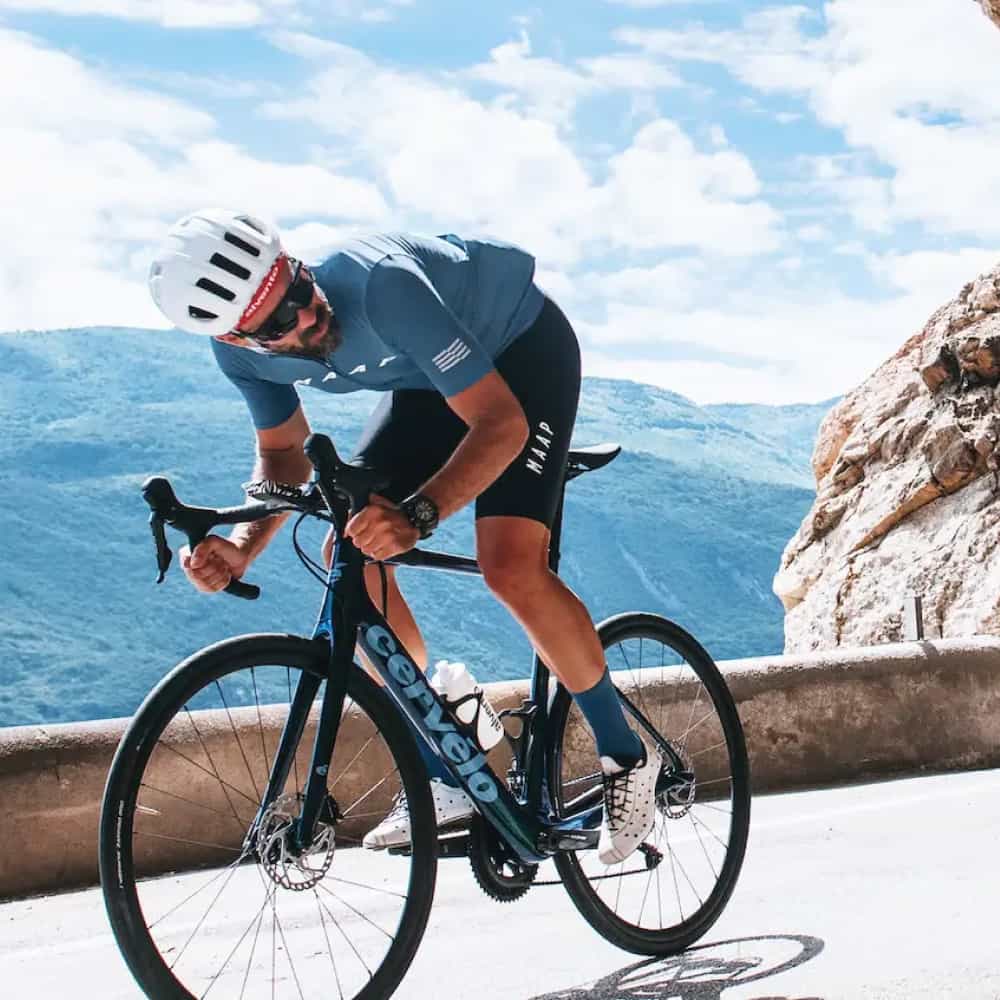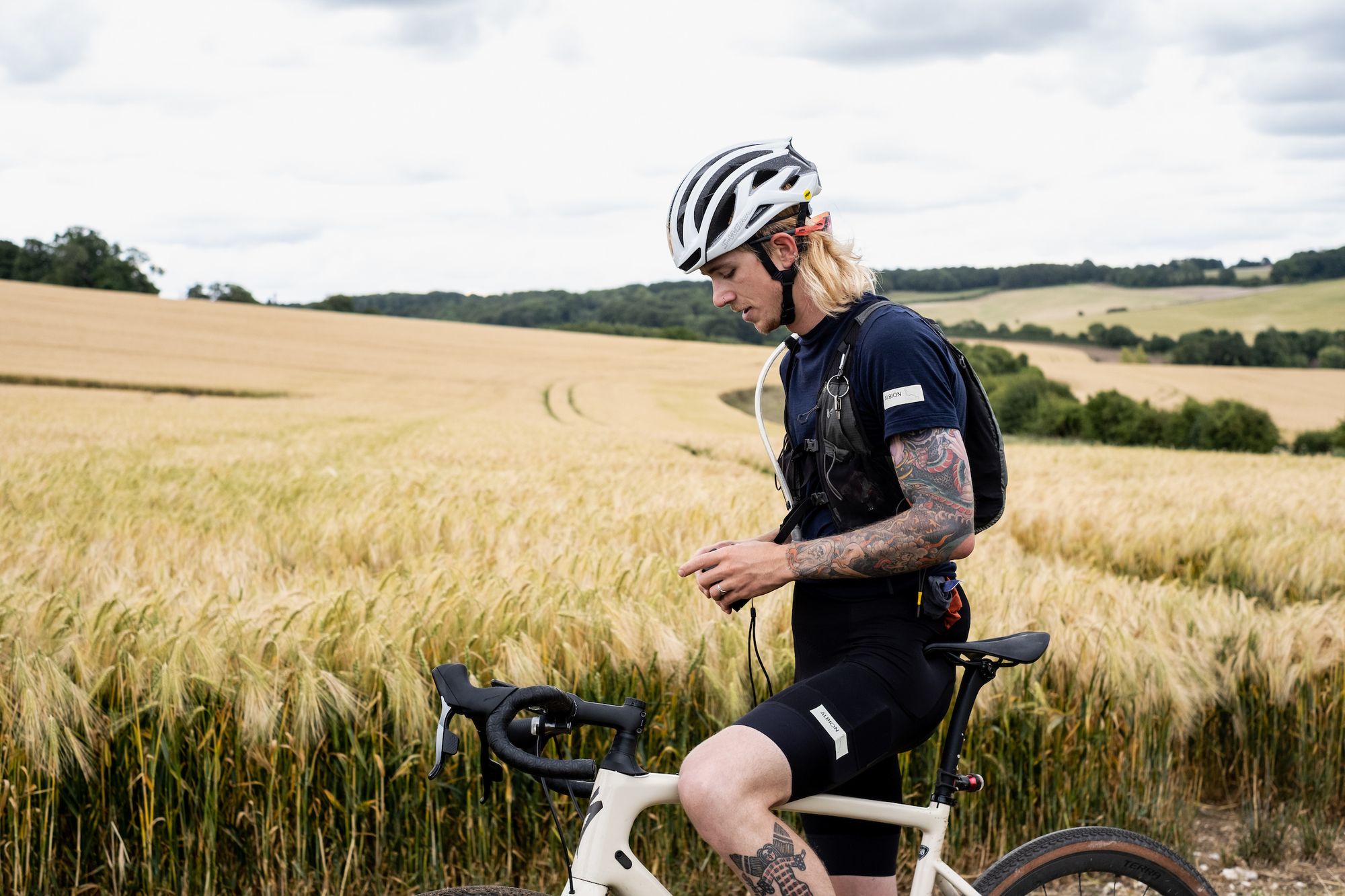Our first story is told by Aaron Dixon, an urban planner from Nanaimo, Canada. He’s researching how urban planning can assimilate the emerging industry of cycle-logistics into the active transportation network.
Planning the Cycle City: My Experience at the University of Amsterdam – June/July 2018
I don’t cry a lot. In fact, the last time I did it was probably single-digits old. I’m not saying I’m a rigid stiff, but I just haven’t had that kind of emotion come to me for quite some time. So, when I got off the train in Amsterdam this past summer and started walking out of the station – I experienced a strange emotion. Tears.
The degree to which I have been knitted into the seams of cycling run very deep. Everybody remembers the sense of freedom from their first bike, but eventually, that feeling is superseded once they drive a car. Not me.
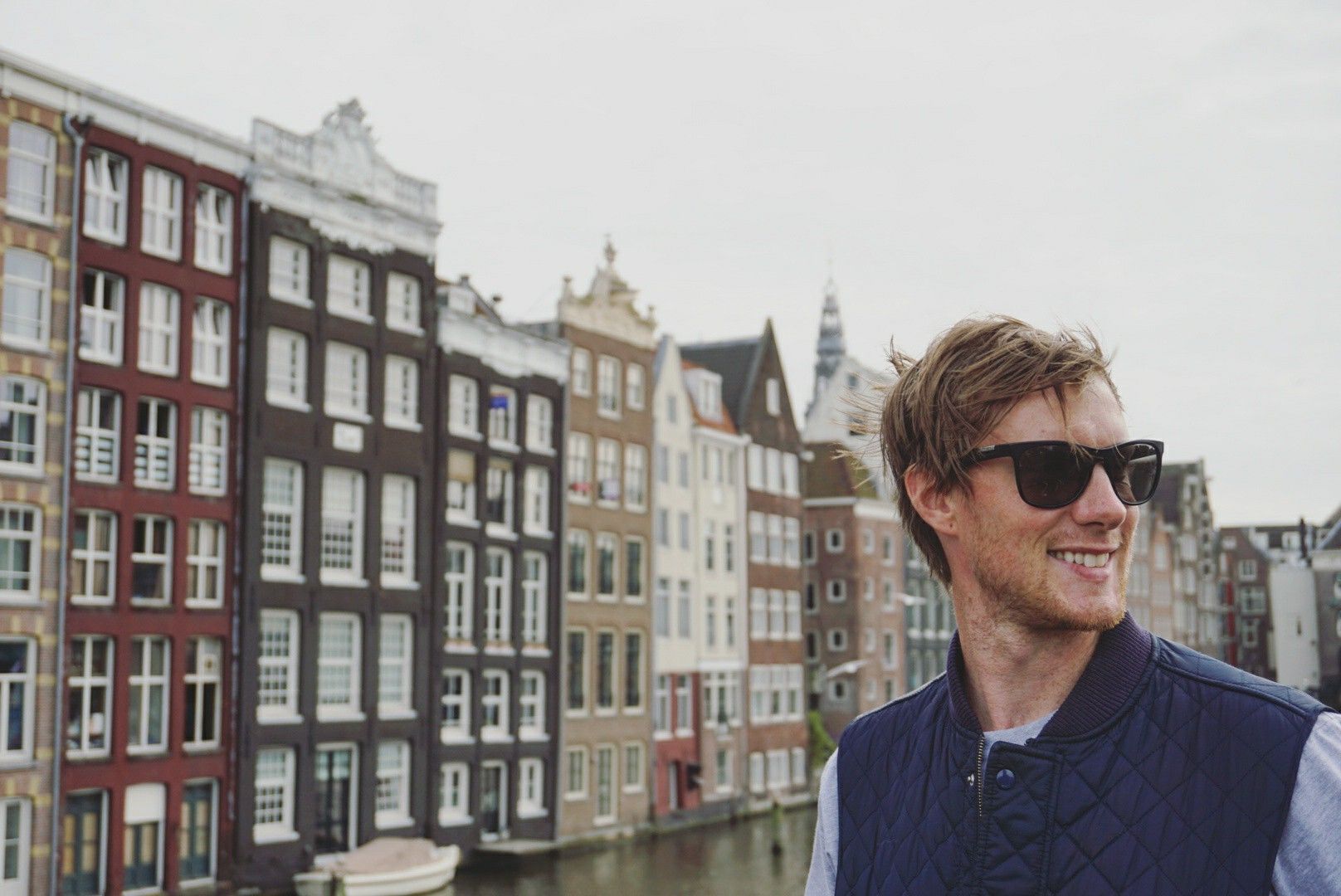
I never stopped feeling the joy of cycling, and now as an adult in my third decade of life, I’ve regularly ridden my bike for a very long time – through every stage of my education, across a couple countries, even to the point of surprising my then-girlfriend at her university graduation with a reserved seat just for her on my tandem bicycle, she’s now my wife (I’d like to think bikes had a helping hand in our relationship). I love bicycles – and my wife, of course.
So, to be granted a spot on the University of Amsterdam’s (UvA) Planning the Cycle City summer course in the country globally known for cycling was a dream come true. And suddenly, there I was, surrounded by more bicycles than I could count, crying because I had never felt so valued as a person on a bicycle. This city was built for me.
The course was made up of like-minded graduate students, though most were professionals working in various strains of urbanism, including senior transport officials, designers, engineers, planners, architects, researchers, cycling advocates, and consultants.
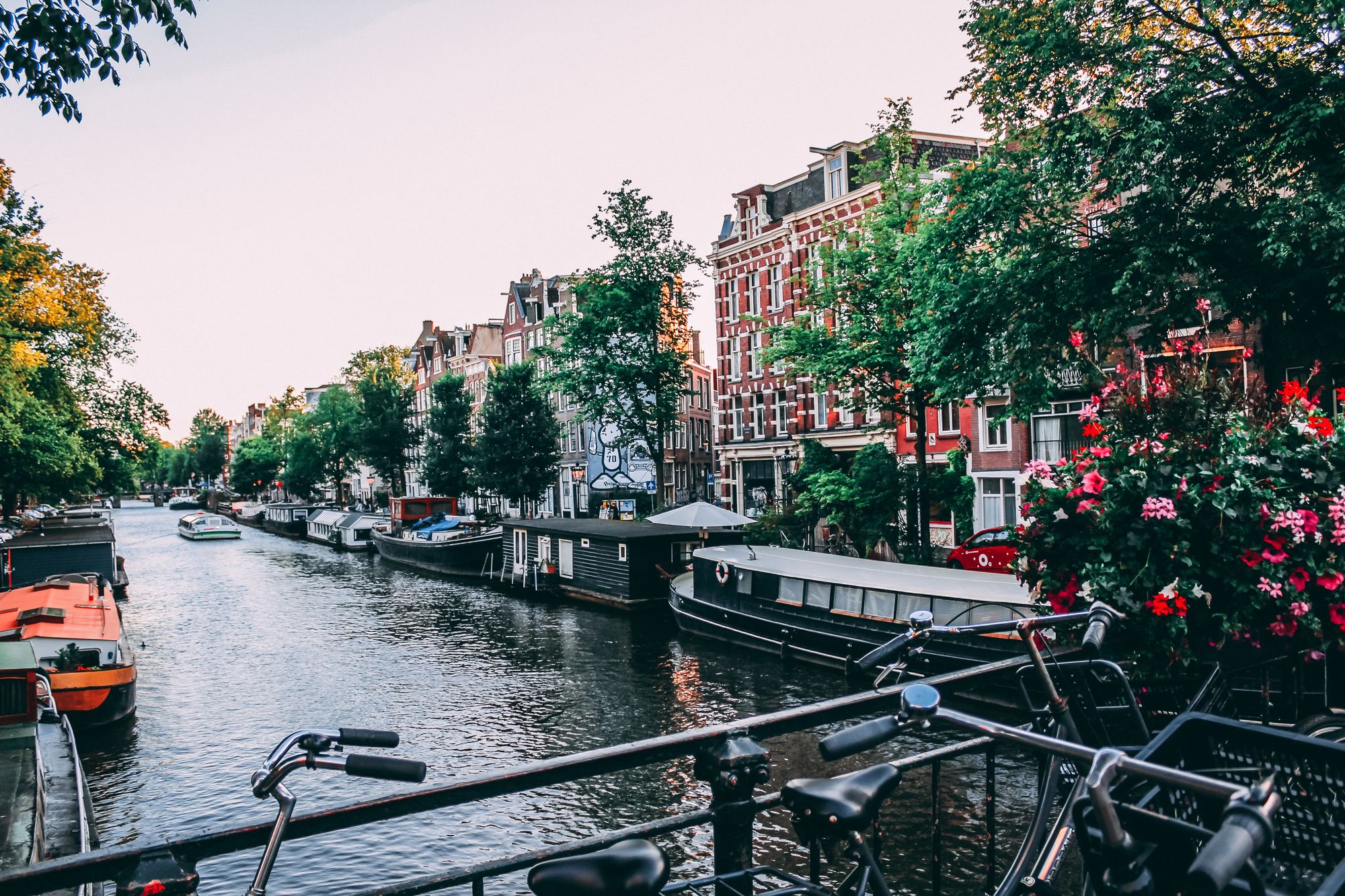
Amsterdam is the cycle city, where everybody rides a bike, but nobody is a cyclist – it’s simply routine, like brushing your teeth. What I thought I knew about cycling in the Netherlands was quickly thrown into a state of confusion.
In 1940s-50s, before mass ownership of motor vehicles took a stranglehold on Dutch cities, bicycle mode-share was over 80% in Amsterdam. Then came along the big disruptor: cars – and bicycle mode-share plummeted to 20% for the next twenty years. Today, Amsterdam averages around 37%. For context, London hovers around 2.5%.
In order to build an effective cycling ecosystem, engineering and planning efforts were combined to redefine the ‘street’, a road isn’t considered complete without cycle tracks. Beyond just building bike lanes, Amsterdam city planning invested in cycling as the main transport. The city’s land use is primed for bikes to reign supreme.
It’s not because the Dutch are more eco-conscious than the rest of us that they ride bikes in numbers not many other cities can match, but rather, it’s because their cities are designed in such a way as to make cycling the preferred choice most of the time: it’s normal to ride a bike and abnormal not to.

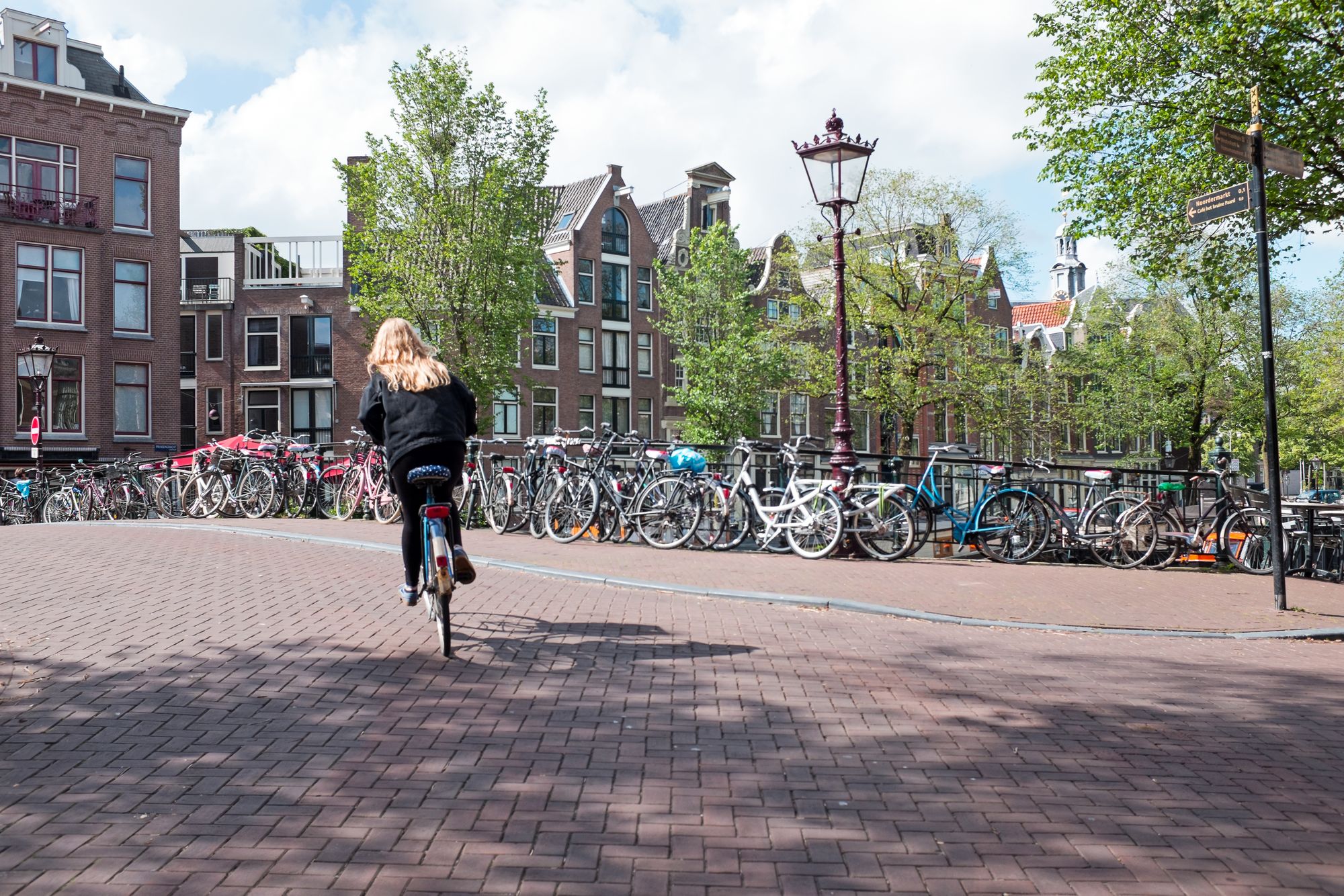
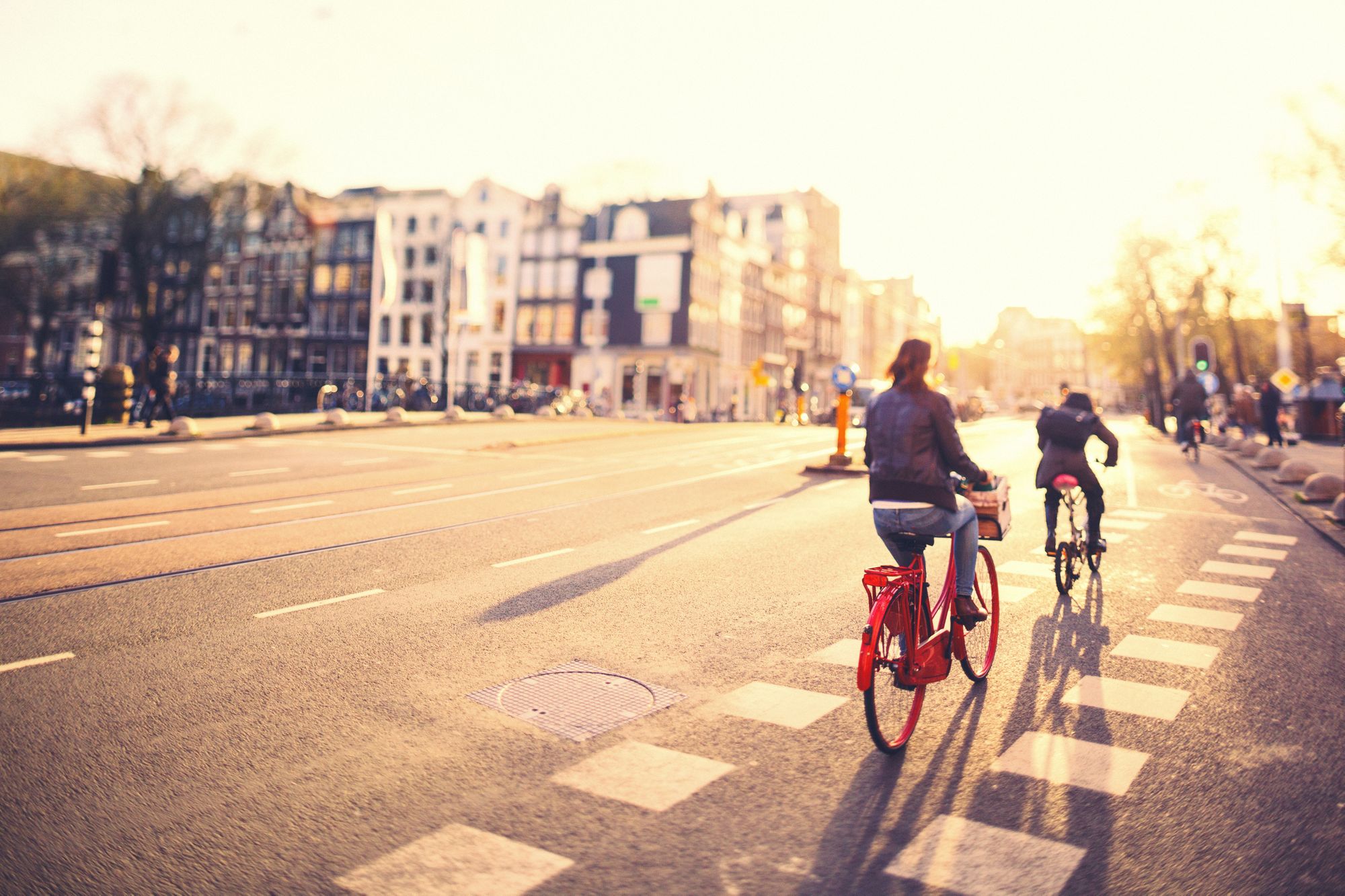
The magic of the Netherlands’ 27% nationwide bicycle mode-share is the reliance on multi-modal options. Fifty per cent of first-mile trips by bike are people cycling to the train station. It’s the bike-train dynamic that makes this country, not just a haven for cycling but a mobility paradise. In fact, in Amsterdam alone, within a 20-minute cycling range, there are over 200 train connections available over the course of a one-hour interval. Also, the entire country’s public transportation system works on a single user-card – the country is well connected.
When you live in a mobility-rich society, you reap the rewards in terms of personal health, decreased congestion, noise, and air pollution, finances, stress, and much more. In Amsterdam, human voices (and bike bells) are more prominent than noise from automobiles, it’s a human-sized city.
There are many impressive Dutch bicycle statistics, but what I’ve learned from my summer experience was what I knew all along, both as a child and now as an adult. Cycling is legitimate. And we can make it more normalised, but only if we plan for it. It’s never easy to champion change but that’s what planners are: Change makers.
Like this story? Send your own cycling stories to us here, we will be publishing new stories every week! 🙌🚲

